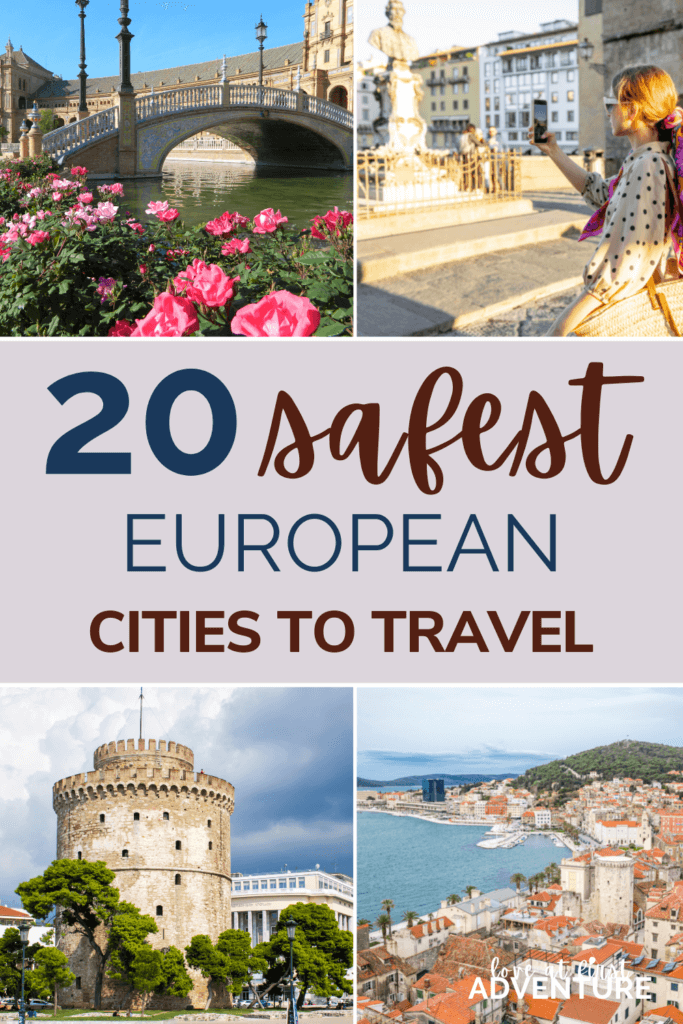Top 20 Safest European Cities to Visit This Year
Disclaimer: Links on this page may be affiliate links. If you make a purchase after clicking a link, I may receive a small compensation to help power my site at no cost to you.
If you’re traveling alone to Europe and are wondering what the safest cities in Europe, you’ve come to the right place.
Certainly, your personal safety and avoiding crime is high on your list when traveling—whether you’re a solo female traveler in your late 30’s, backpacking Europe with your girlfriends, or teaching English abroad.
Having done all these travel styles myself, I’ve fortunately never had any issues. After all, Europe is considered safe overall for travelers, with some of my favorite countries (e.g. Spain) being some of the safest in the world according to Global Peace Index rankings!
But even when you know the statistics, it can still be worrisome. This is especially if you’re traveling as a woman alone for the first time.
In this post, I’ll list some of the safest cities in Europe to help you decide where to travel to! I’ve been about to half of these cities myself, so I’ll include some personal tips for you whenever I can.
Ready to get started? Scroll down for 20 of the safest European cities to travel to according to Numbeo.
20 Safest European Cities to Visit
It’s wise to think ahead regarding your personal safety when it comes to traveling abroad.
Here are 20 of the safest cities to consider visiting in Europe, in no particular order. (I picked the safest cities in the southern part of Europe: Portugal, Spain, France, Italy, Croatia, Slovenia, and Greece since that’s where I love to travel!)
1. Barcelona, Spain
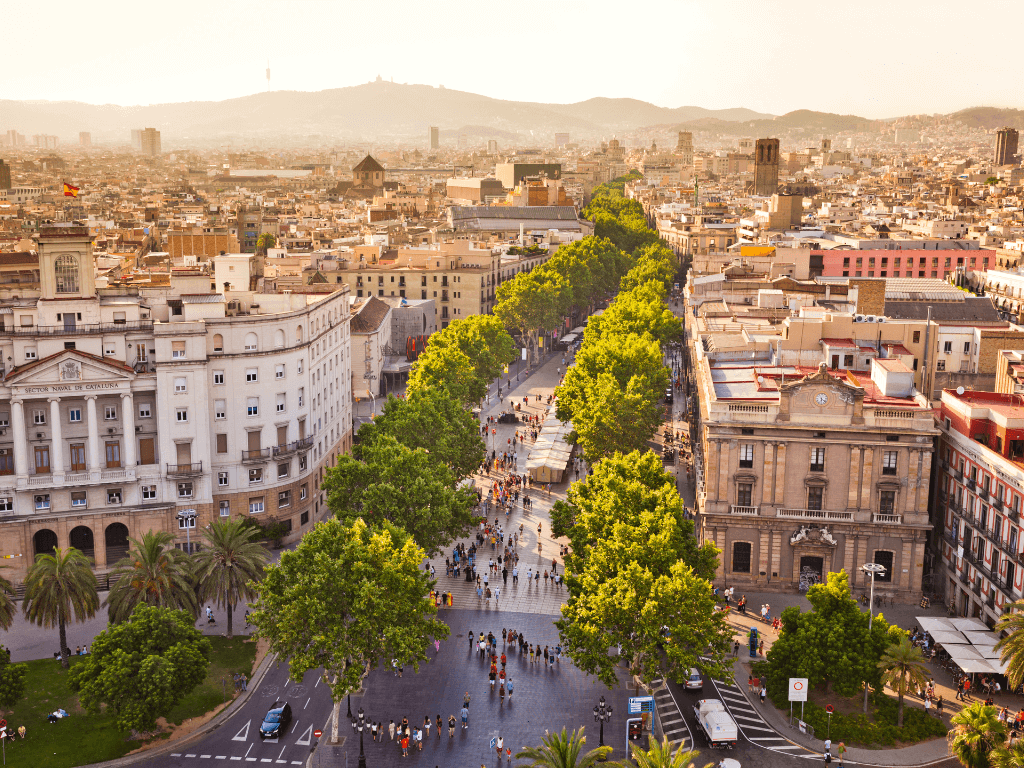
One of the most popular and largest cities on the list of safest cities is none other than Barcelona, Spain.
The capital of Catalunya is an amazing place to visit. (I’ve actually been there more times than I can count!) When you think of Barcelona, it’s hard not to think about its colorful architecture, which sets the vibe for the entire city: fun, vibrant, and artistic.
Since it’s so popular, Barcelona gets very crowded during Spain’s summer season. Book in advance for the best deals and choices on accommodation on Booking.com.
Barcelona is great for its day trips too—it’s not all masterpieces and soccer! Just a short distance from the city, you can visit the Montserrat monastery, the Salvador Dalí museum, and Sitges, a popular seaside enclave for expats.
Read more: Ultimate Guide to Spain Travel
2. Thessaloniki, Greece
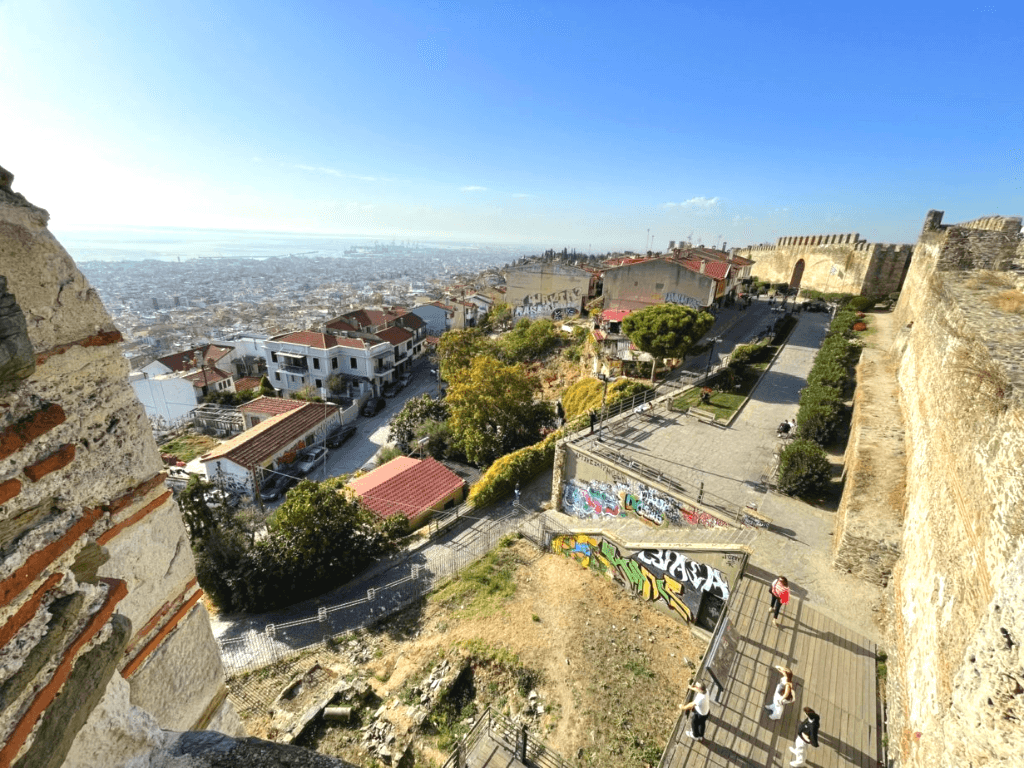
Called Greece’s “Second City,” Thessaloniki is located in northern Greece.
This coastal city has so much to offer visitors, mainly in terms of its long history and ties to the apostle Paul. All around the city—which has a modern feel seeing as it was rebuilt after a massive fire in 1912—you’ll find evidence of Roman, Byzantine, and Ottoman rule.
As the city is quite spread out and sits on a hill, I found that taking the Hop-On Hop-Off bus was an excellent way to get oriented to the city. The bus will also drop you off so that you can see the Heptapyrgion Fortress, an old Byzantine fortress and prison overlooking the city and coast.
After the initial orientation via bus, take some time to explore the White Tower, the archeological museum, and the rotunda. The Church of St. Demetrios is also gorgeous and worth going inside.
For a splendid way to wind down the day, consider taking a Thessaloniki sunset cruise in the Aegean! We had a spectacular time on the water after a long day of touristing when we visited Thessaloniki.
Read more: Greece Guide
3. Bologna, Italy
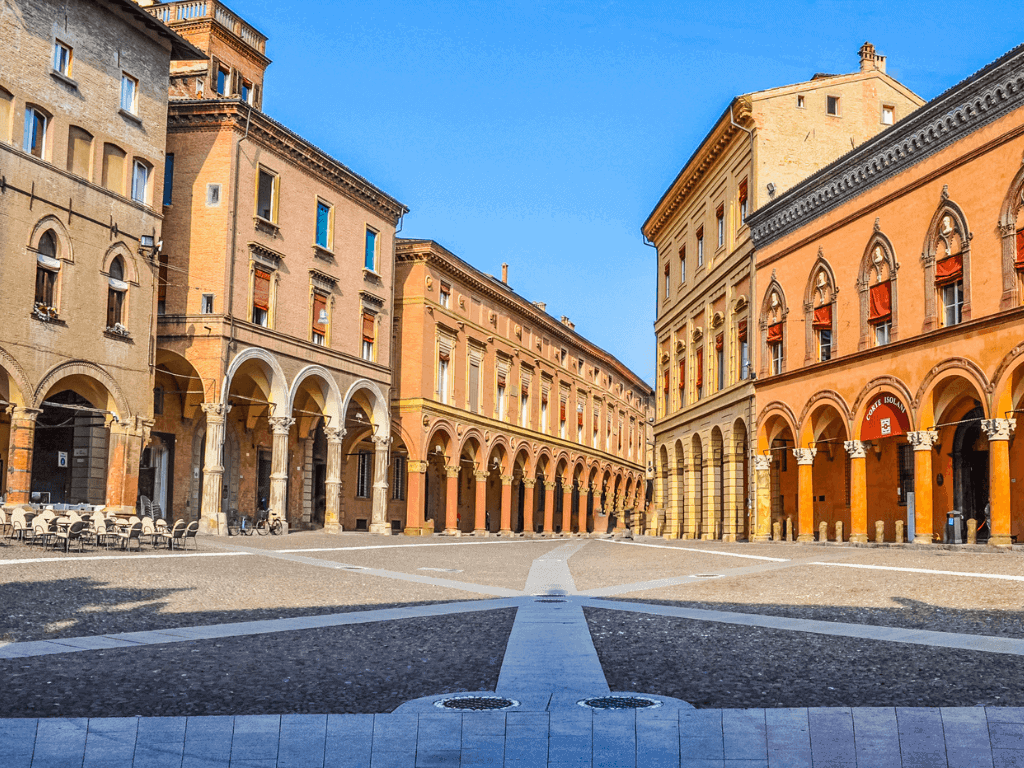
Located in northern Italy, Bologna is a lively and historic city that every traveler should consider adding to their bucket list.
When it comes to architecture, you’ll be absolutely delighted. Bologna is famous for its Spanish-style rooftops, towers, churches, and Middle Age porticoes (ornate structures over the entrance to its buildings).
Bologna is also home to the oldest university in the world, the University of Bologna. Because of this, it has a large and lively student population. Students and visitors alike can expect some of the best cuisine in Italy, too. In fact, Bologna has earned a few nicknames, one of them being the Fat City, in reference to its famous food.
Spaghetti bolognese, parmigiano reggiano, and balsamic vinegar from Modena all come from the Emilia Romagna region, of which Bologna is the capital. Foodies will love this full day food tour, which includes visits to local factories and family-run producers.
4. Madrid, Spain
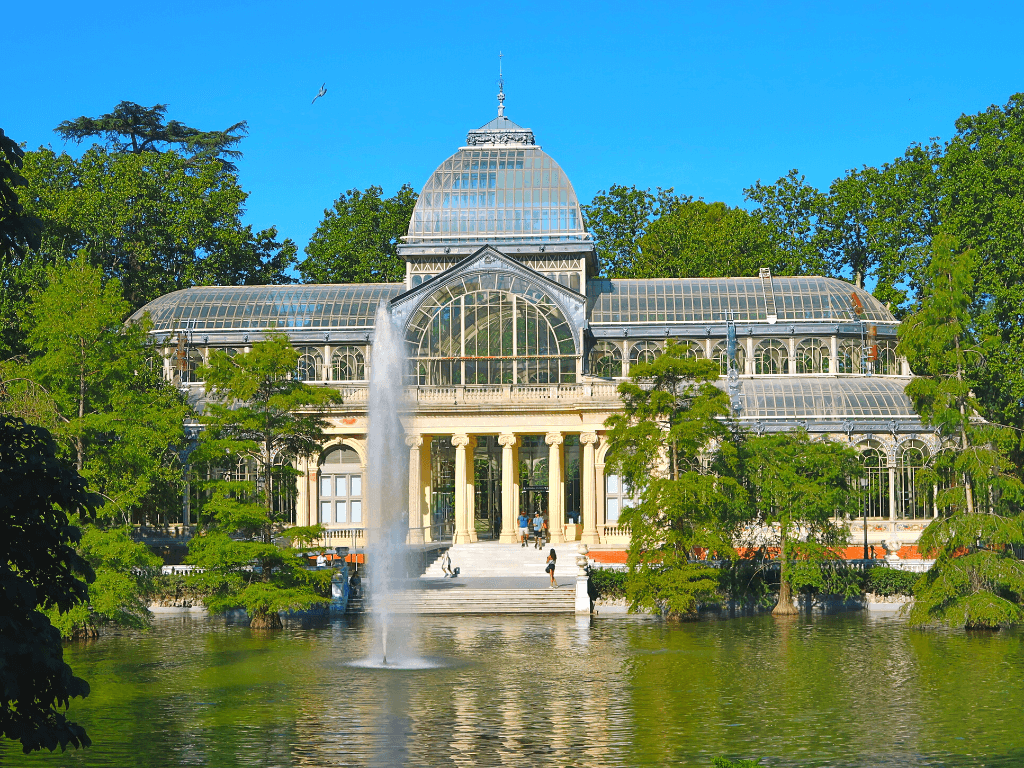
The Spanish capital is one of my favorite places to visit thanks to its incredible art and architecture.
One thing I love about Madrid is, for such a big city, the men and women there (called madrileños) don’t seem to be in a hurry, as we’re accustomed to in the United States.
The madrileños also have a strong identity (including being very social).
Certainly, staying in the city center is a must when in Madrid. Fortunately, it’s super affordable to find a place just blocks from the main public square, the Puerta del Sol and Madrid’s major museums. (We really love budget-friendly Hostalin Madrid Atocha.)
The city is alive day and night, too. So, you’ll feel comfortable walking home at any hour of the day when traveling alone.
A favorite thing to eat in Madrid is to eat chocolate con churros. These fried treats are served with thick hot chocolate. Yum!
To sum up, you’ll easily find yourself falling in love with all things Madrid. Fortunately, it’s also one of the safest European cities!
5. Rijeka, Croatia
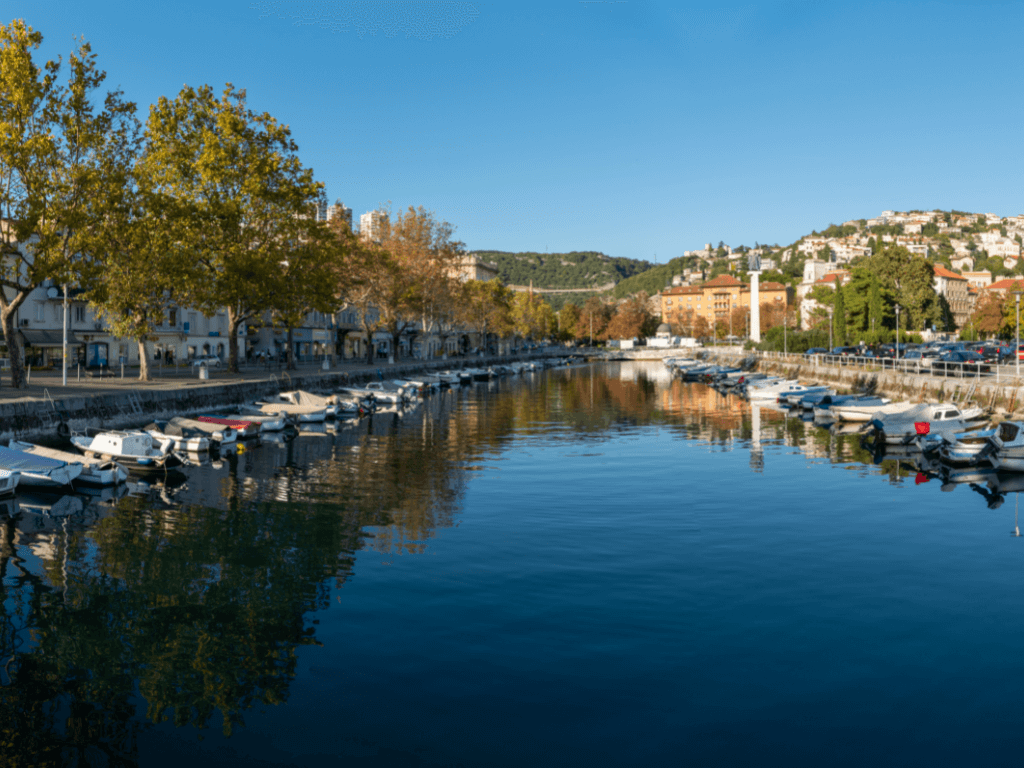
An underrated safe city along the Croatian coast is none other than Rijeka.
Now the country’s major port, it has a long history of being ruled over by surrounding countries, namely Italy, Austria, and Yugoslavia. Its history is then reflected in its many Baroque buildings, a 13th-century castle, and a 14th-century church, among other sites.
Today, the city has a bit of a cool alternative vibe juxtaposed with its obvious industrial and commercial happenings. It’s certainly not as touristy or scenic as the more popular Split, but is an important historical and cultural destination that’s worth visiting for a day or two.
Aside from a visit to the castle, stop by the Riva Promenade (especially fun at night), the Maritime and Historical Museum, and the Rijeka War Tunnels.
6. Lisbon, Portugal
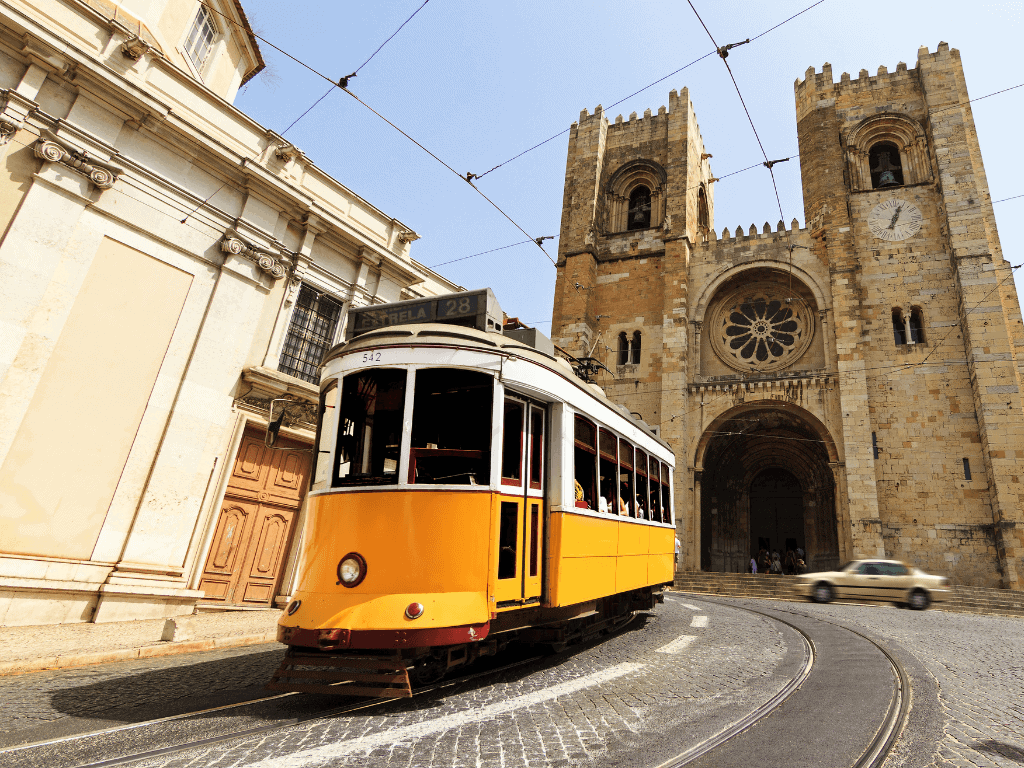
The Portuguese capital is always fun to visit thanks to the 19th-century traditions that still permeate the city. For example, the fish vendors and old-time boats called fragatas tied up along the dock.
Lisbon is located on seven hills, so be prepared to do some walking—but the views from the miradouros (lookouts) and city sites are worth it. Public transport is also ample and can save your feet.
Lisbon has a mild climate. Thus, you’ll likely enjoy visiting any time of year.
Of course, you’ll need to try some fresh seafood when in Lisbon. The fried cod is particularly spectacular.
When you’re done with the hustle and bustle of the city, consider a day tour to scenic Sinta and Cascais.
7. Milan, Italy
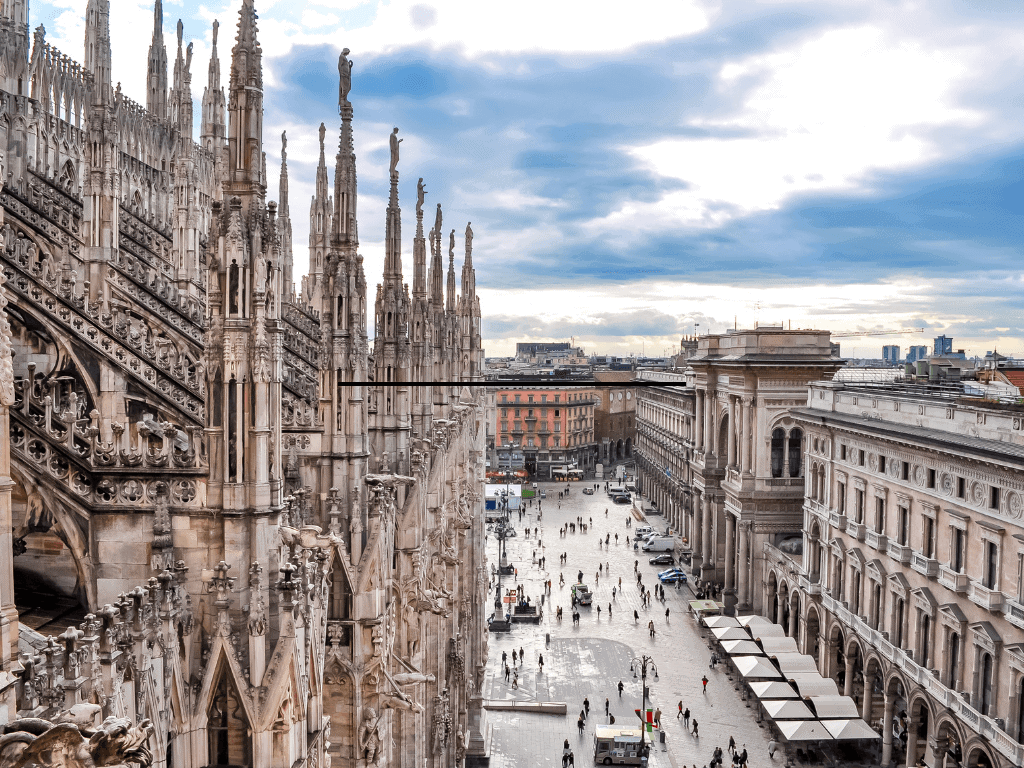
Known for fashion, one can’t help but think “chic” when visiting Milan, Italy. I’ve briefly visited the city twice, the last time on my own.
Spend your days shopping for apparel before stopping for an aperitivo at a stylish café. If you’re looking to save money, Milan runs its semi-annual sales (saldi) in the winter and summer.
But fashion certainly isn’t all this iconic city has to offer. Here, you can visit the Duomo di Milano, the world’s largest Gothic cathedral—a Milan must-see. The surrounding plaza is a great place to take pictures.
You can also take the opportunity to see the Last Supper painting! Tickets sell out quickly, so book in advance.
8. Alicante, Spain
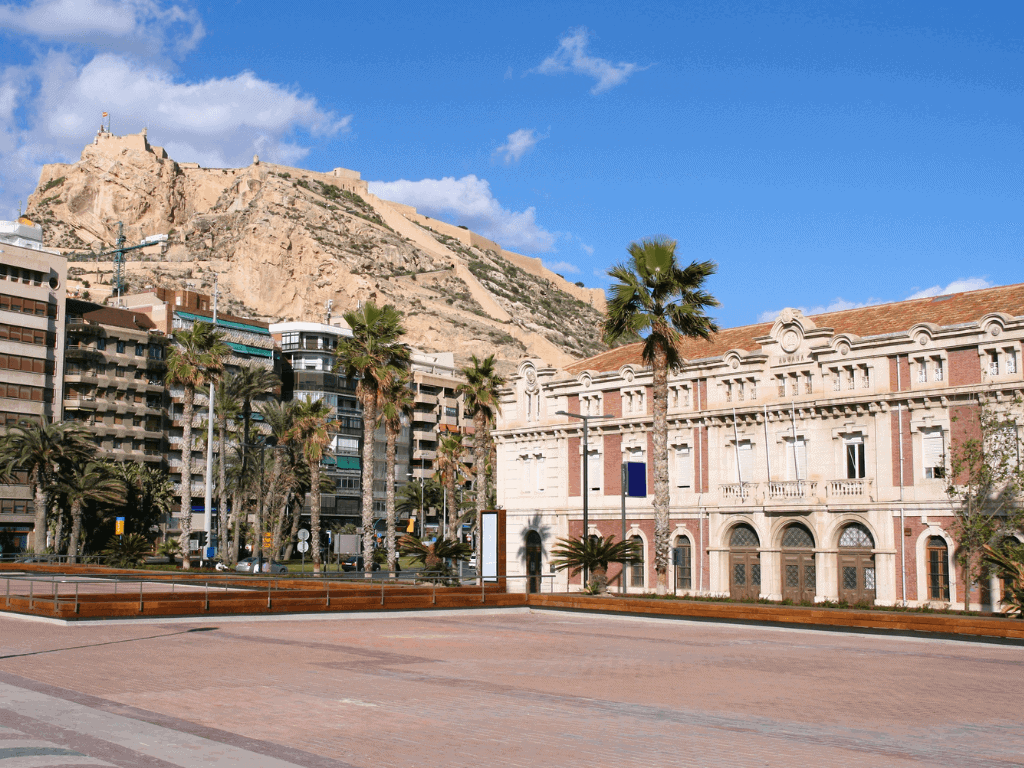
Thanks to the laid-back vibe and great climate, you’re sure to enjoy a stay in the next safe city in Europe: Alicante, Spain.
Even though it’s along the coast, the port city is more of a working town than a resort town. Of course, that can be considered a positive or negative, depending on what you’re looking for. It also has a nice promenade and harbor area.
Although the city may be little known to Americans, it’s quite popular among British expats (whether to the city itself or its nearby beach towns).
Like many other places in Europe, its roots run deep, witnessing both prosperity and near decimation. The Castle of Santa Bárbara, one of Spain’s largest medieval fortresses is particularly interesting and offers a magnificent view of Alicante’s bay. Combine it with a walking tour to get to know Alicante’s history better.
Related Articles: Is Water Safe to Drink in Alicante, Best Parasailing in Alicante
9. Athens, Greece
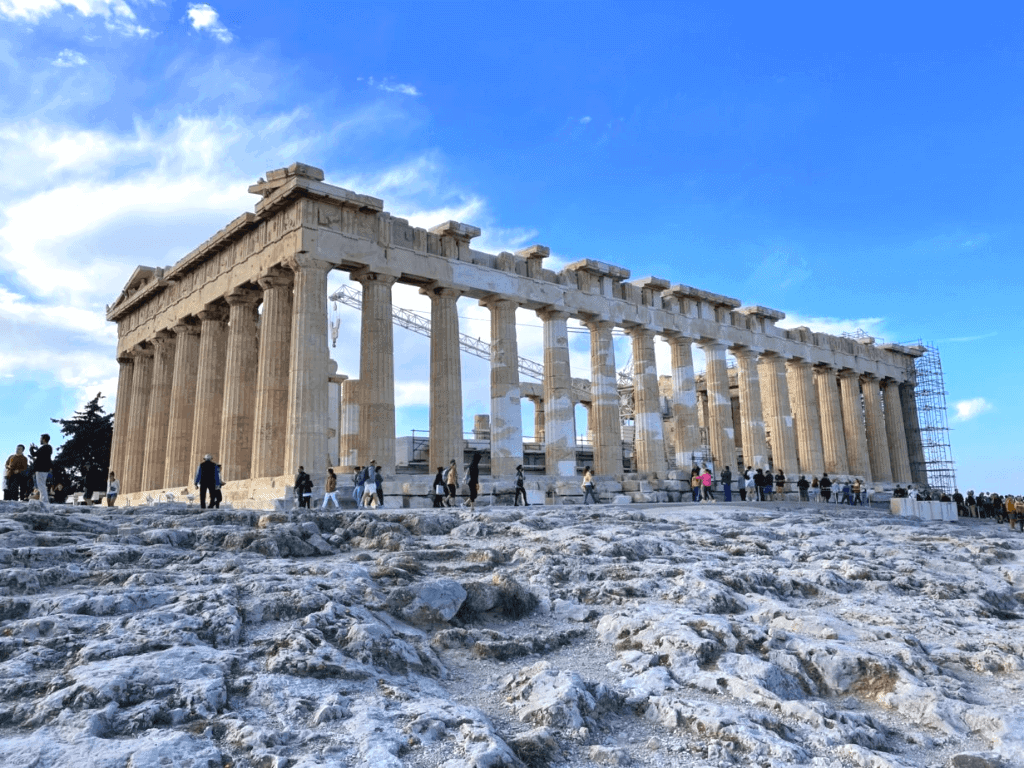
The Greek capital is a vibrant city located in the Mediterranean. Due to the Greek’s hospitality, it’s a wonderful and safe place to visit with friends/family or as a solo traveler.
By and large, my experience has been that Greeks are super friendly and are eager to offer advice on how to best enjoy Athens.
Certainly, you’ll want to book a hotel in the center of Athens so that you can enjoy all the things to do within walking distance. Try Enattica Suites for a simple boutique hotel (see our review), located in the artsy Psirri neighborhood.
Athens is great for variety too—you won’t just find Greek ruins! There’s a huge café culture, outdoor cinemas, beautiful Greek Orthodox churches, and a huge arts festival in the summer, to name a few cool things to do in Athens.
Read more: Best of Athens at Night, Best Day Trips from Athens
10. Lyon, France
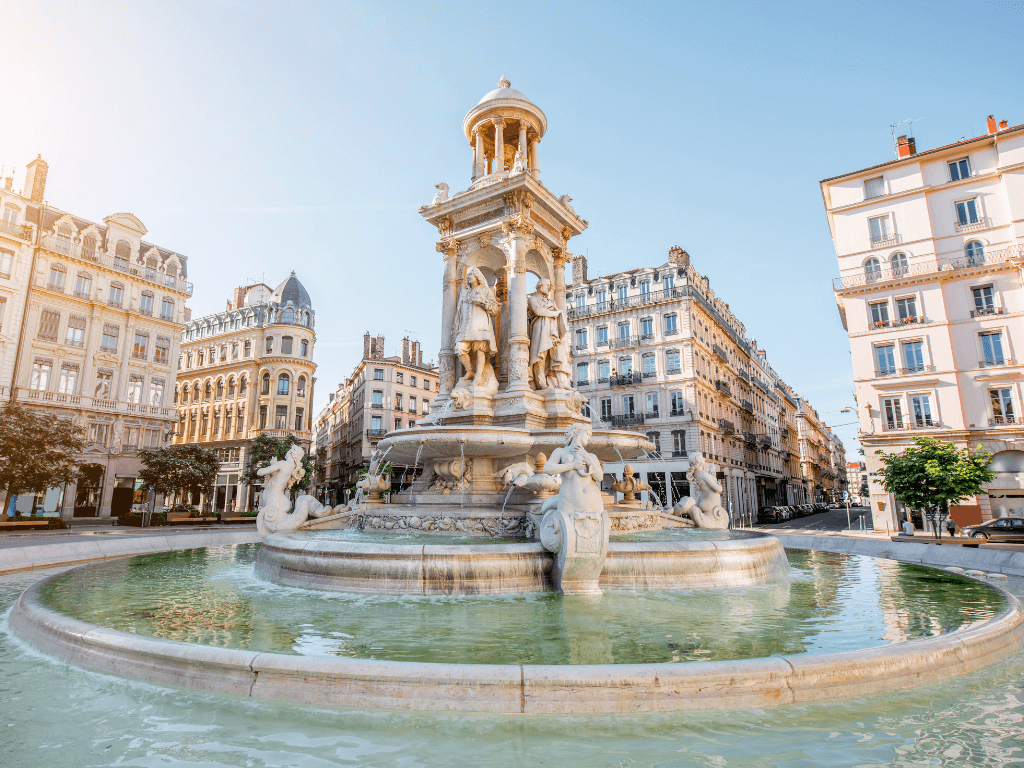
The third-biggest city in France, Lyon is no stranger to tourists despite not having all that many world-renown tourist attractions.
But, there is plenty to do!
Believe it or not, you’ll actually find the largest number of Renaissance buildings in France in Lyon’s old town.
We suggest taking a walking tour to get oriented to the town before finding a bite to eat, which leads us to Lyon’s next claim to fame—it’s considered the gastronomic capital of France. Located where the Saône and Rhone rivers meet, there are plenty of small cafes, markets, and almost 20 Michelin-star restaurants for anyone interested in sampling French cuisine.
There are also several interesting food and drink-related festivals that take place throughout the year.
Read more: France Travel Guide
11. Málaga, Spain
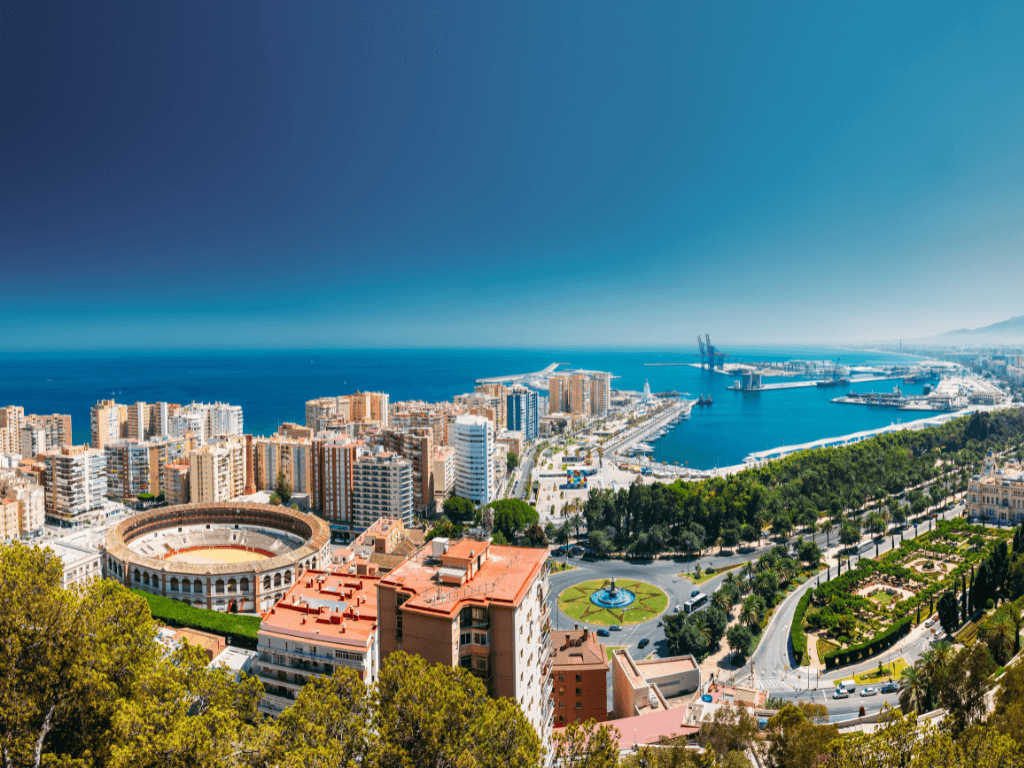
Málaga may be one of the oldest cities in the world, but it sure doesn’t feel like it!
Walking in this safe European city, you’ll find lots of things to do from museums to shopping to admiring outdoor art exhibits and architectural displays. Life in Málaga is relaxed and offers lots of sunshine, great cuisine, and interesting cultural festivals.
The childhood home of Pablo Picasso, you’ll want to tour the Picasso Museum Málaga as well as some of his childhood haunts—a must for any modern art lover.
Let’s not forget that Málaga is located on the coast. Although the beaches near town are full of pebbles, you can easily head to a nearby resort town for a day or two. We’ve been to Torremolinos and Fuengirola a few times. Both are easily accessible by metro.
Related Articles: All About Shopping in Málaga
12. Paris, France
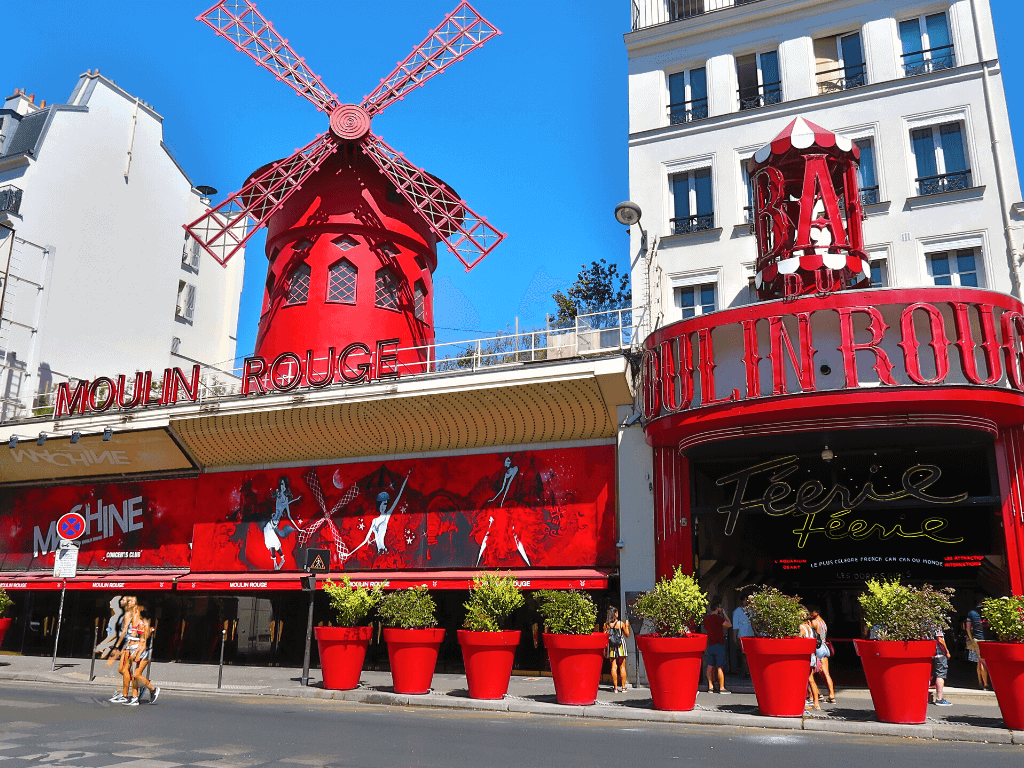
Who doesn’t love Paris? Paris is always a delight no matter how many times you visit. From bucket list museums to sidewalk bistros, you’ll never run out of things to do in the City of Lights.
A visit to the Louvre tops just about every traveler’s list. But, you should definitely make a point to book tickets in advance because it gets crowded.
Try staying centrally so that you can access all the tourist spots easily. According to my friend who lived in Paris for a few years, the best arrondissements (areas) to stay the first time you travel to Paris are 4 (Le Marais) and 5 (The Latin Quarter).
Seeing as Paris is so large, plan to take the metro and city buses to save on walking.
Read more: All About France
13. Zagreb, Croatia
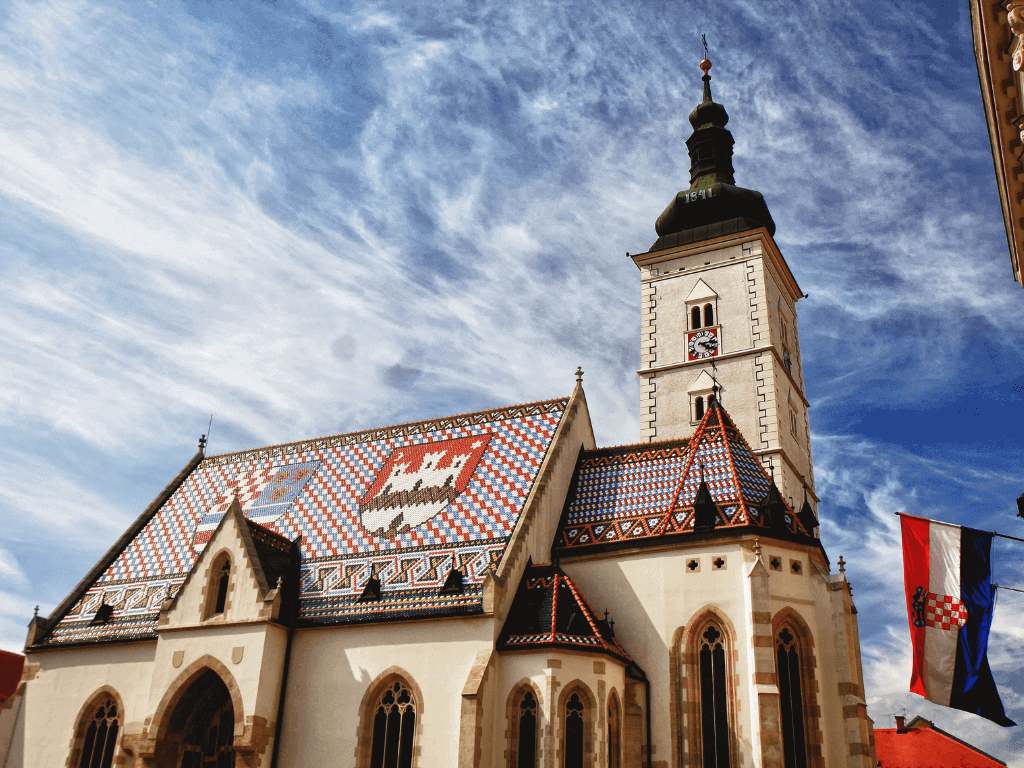
Zagreb embodies the spirit of both continental Europe and the Mediterranean. It’s a true juxtaposition between East and West.
A safe city in Europe, people have come from all over Croatia (both historically and modern-day) contributing to its warm, friendly feel. Enjoy cultural events, museums, gastronomy, shopping, and more here.
Zagreb is great for natural beauty too. Top expand, it’s not all historical buildings! You can find many green spaces and gardens. Nearby, the gorgeous Plitvice lakes and Rastoke make an excellent day trip from Zagreb.
14. Porto, Portugal
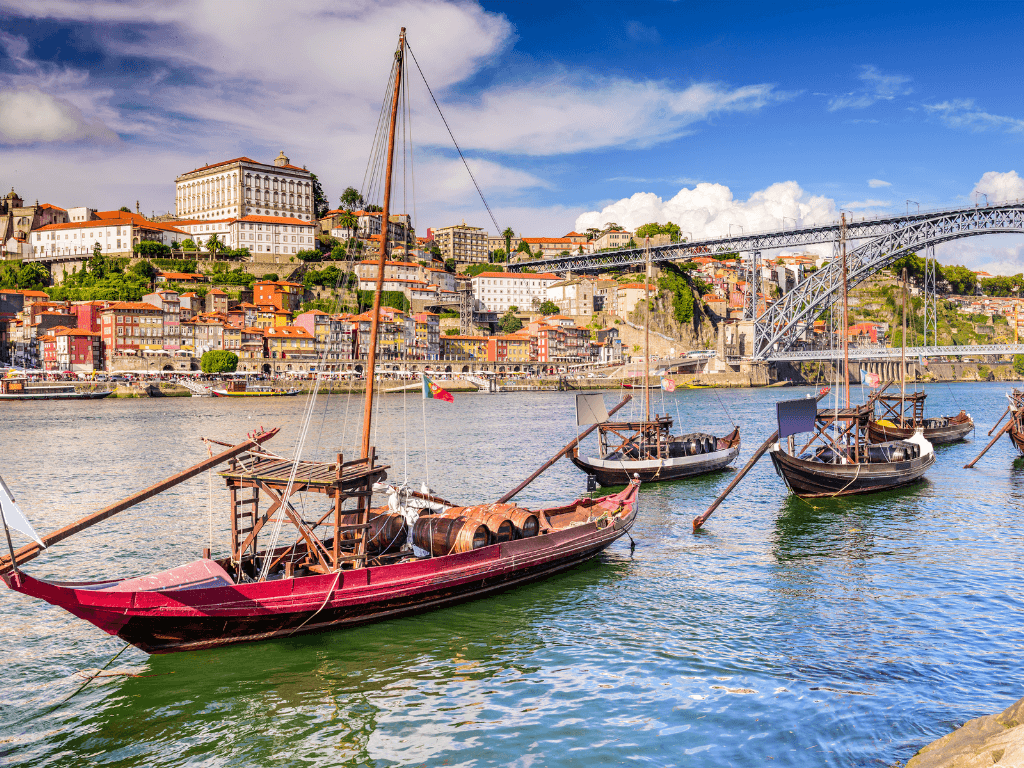
Lesser known than Lisbon, Porto is a colorful city located in northwest Portugal, not too far from the northern border with Spain. Although it’s a city, the center retains the feeling of being a smaller town with the residents being warm and friendly.
Porto feels like one of those places where there are endless things to do. From visiting its many churches to seeing the “most beautiful bookstore in the world,” you’re sure to feel safe (and busy!) when visiting Porto.
The city isn’t all architecture and decor, though. Visit Gaia de Vilanova to taste port wine, take a river cruise on the Douro, and go walking at the Parque da Cidade.
Read more: Best Things to Do in Porto, Portugal
15. Valencia, Spain
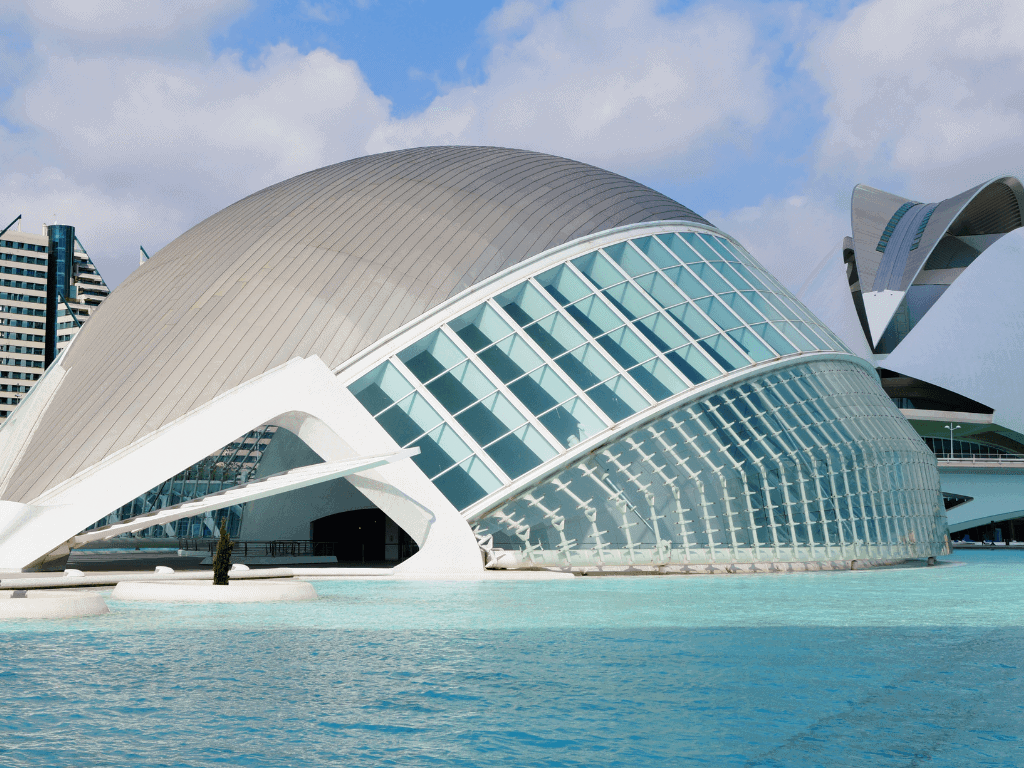
Along the southeastern coast of Spain, you’ll find the city of Valencia.
Famous for its lively festivals, central market, and paella, this mid-sized city (the third largest in Spain) certainly doesn’t feel it. The pace is slow, and the people are courteous.
Here, the pride of being Valencian and speaking valenciano (in addition to Spanish) runs deep. It’s beautiful and an honor to witness.
One thing you cannot miss in Valencia is the paella, which comes from this region! Sure, you can try it anywhere else in Spain (and we have). But, it’s not the same as eating a traditional paella valenciana in the city of its origin.
There are lots of things to do in Valencia, too. The City of Arts and Sciences tops the list followed by a visit to the Central Market and wandering the old town. Top off your visit to the City of Arts and Sciences with a rooftop wine and tapas party.
By the way, I used to live outside of Valencia and visited often. I didn’t know then that it was considered one of the safest cities in Europe, but I had no issues there.
16. Florence, Italy
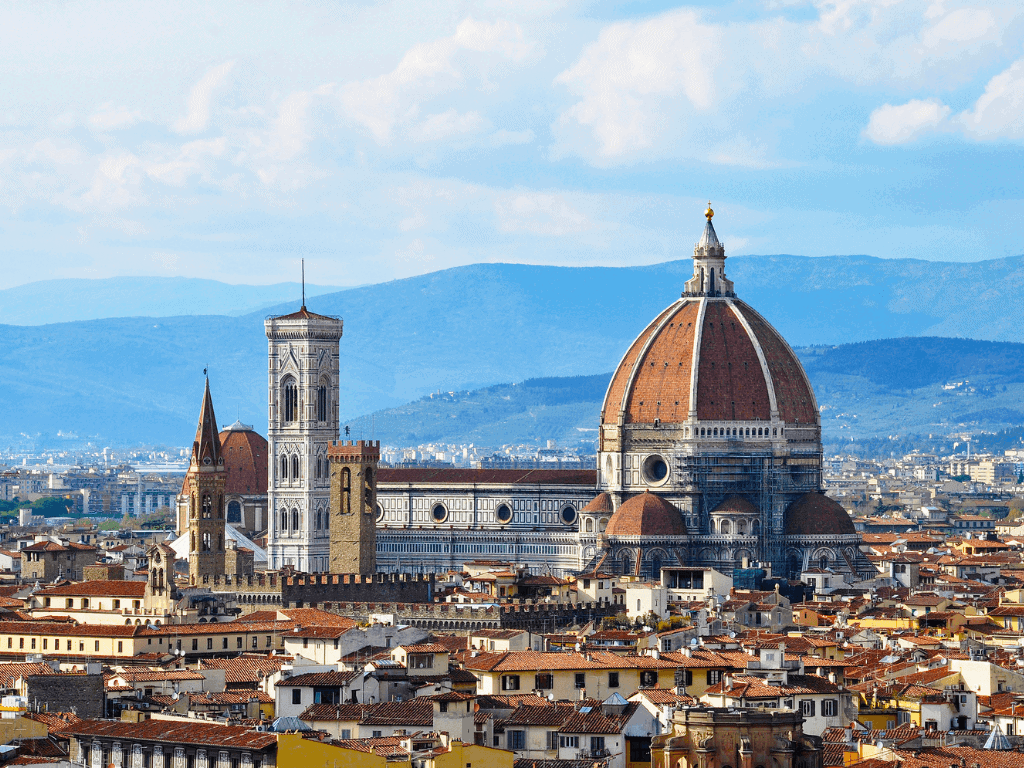
If your heart starts to flutter when you hear the name Florence, you’re not alone. You absolutely must add Florence, Firenze in Italian, to your safe cities to visit in Europe list.
From the masterpieces of Renaissance art at The Galleria dell’Accademia to the ancient Ponte Vecchio bridge, there’s something spectacular at every turn.
You can easily navigate the city center to find these attractions and many more by foot. Alternatively, try renting a bike from the city’s bike rental service, Mille e Una Bici.
To beat the heat and the crowds, consider visiting Florence during the off season (early spring or late fall). Booking must-see activities like seeing Michaelangelo’s David in advance, too.
17. Ljubljana, Slovenia
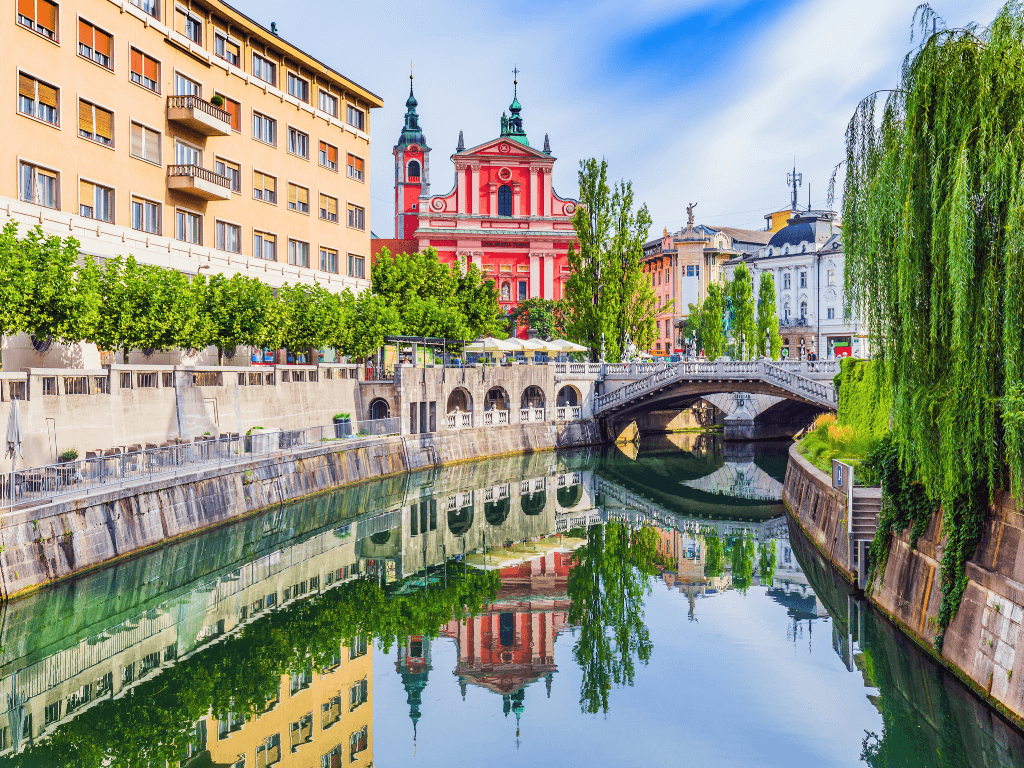
With a population of under 300,000 people, Ljubljana is the capital and largest city of Slovenia. It’s also one of the safest cities in Europe!
As most car traffic is restricted in the center, you can easily walk around. See the major sites, eat at cafes, and admire the city’s modern, minimalist architecture including the many bridges that cross the Ljubljanica River that flows right through the city.
Seeing as Ljubliana is rather small, one or two days is all you need to get a good feel for the city.
Don’t have enough time to head to Slovenia on your own? How about a day trip from Zagreb?
18. Genoa, Italy
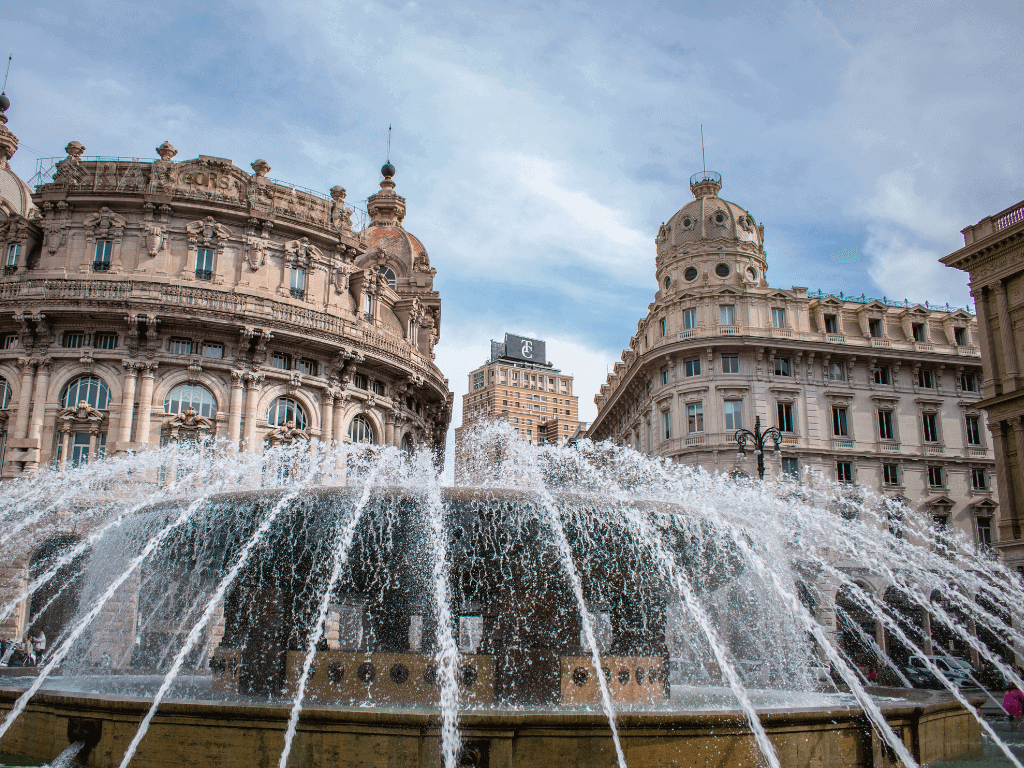
Genoa is a lesser-known Italian port city that’s a wonderful place to visit if you’d like to get away from some of the more touristy spots like Rome or Florence.
Just because it’s perhaps lesser known to tourists, though, doesn’t mean it isn’t lively! The port is the busiest in Italy and the Mediterranean Sea.
In the densely populated city center you’ll find narrow, winding streets, and large piazzas (squares) with plenty to explore and to eat.
The Musei di Strada Nuova consists of three palace museums that exemplify Italian art, fashion, and culture. They were a sight to see, and a bit overwhelming, if I’m being honest!
Genoa is also the birthplace of Christopher Columbus. You can see his house just outside the medieval walls near the Porta Soprana.
I stayed in Genoa and worked remotely. I personally loved the MOG, a modern food court at the back of the traditional Mercato Orientale. It’s a safe, accessible place to eat, get out your laptop, and enjoy a coffee.
20. Seville (Sevilla), Spain
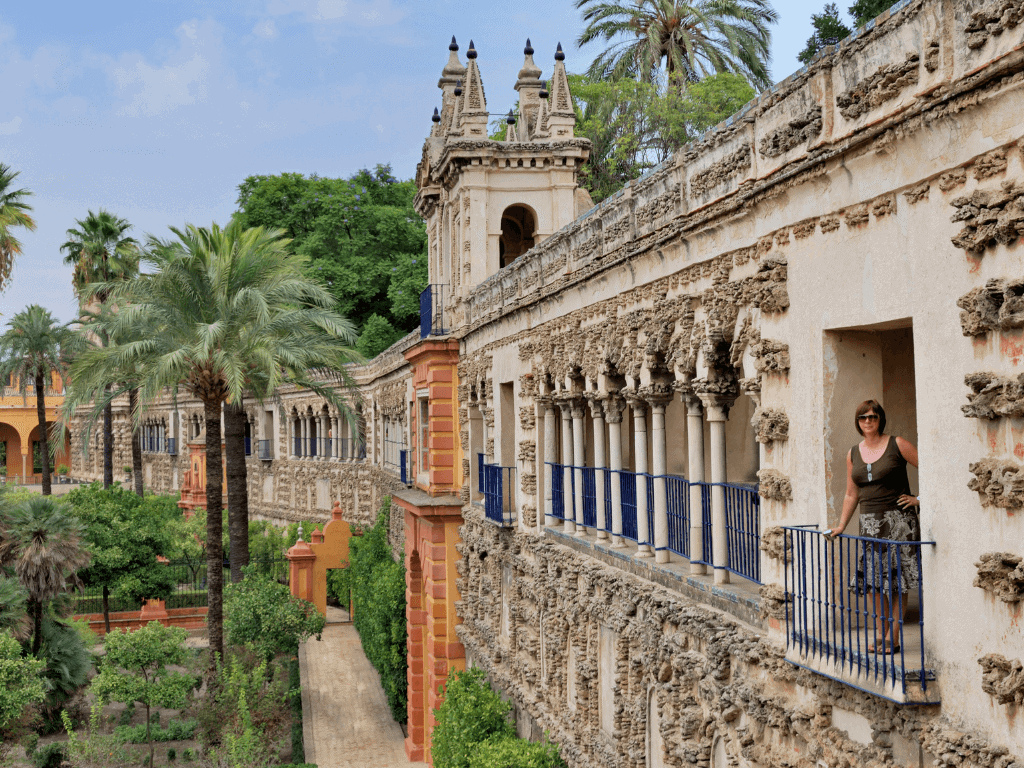
Seville is Spain personified. Fortunately for us, it’s also safe for travelers.
This famous Spanish city is famous for its hospitality, the sing-song characteristics of the Spanish that’s spoken here, and everything you ever learned about Spain in your high School Spanish class: flamenco, bull fighting, girls in colorful dresses, tapas, and more.
It’s actually quite hard not to fall in love with Sevilla, if you ask us.
Stay in the city center and get to all the major attractions, which include the many cafés and tapas bars around town. Of course, the streets are exceedingly narrow in the old part, so be prepared to jump to the side should a car pass!
The Royal Alcázar of Seville and the Catedral de Sevilla are both a must-see.
I also recommended going to a flamenco show. I have done a show like this one on two different occasions. It never fails to disappoint!
Last Words on Europe’s Safest Cities
We hope this list of the safest European cities to visit helps you decide where to go next!
Of course, you should always remain vigilant and make smart choices when you’re traveling in another country.
If you’re traveling alone or are worried about getting around safely, you can always take a tour. Start by searching tours and day trips on Viator!
Until next time, happy traveling!
More Helpful Articles on Europe Travel
- Complete Guide to Bus Travel in Europe
- Tips for Sleeping on Overnight Flights
- Tips for Staying in Hostels
Click the image below to Save to Pinterest for later!
